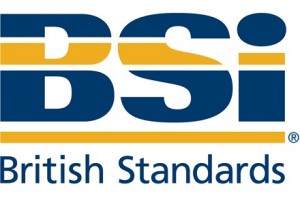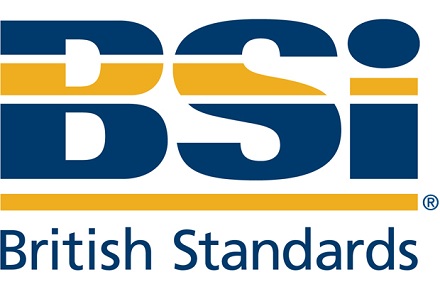BS 8580:2010
Water quality. Risk assessments for Legionella control. Code of practice
Buy Now
 BS 8580:2010
BS 8580:2010
Water quality. Risk assessments for Legionella control. Code of practice
This standard gives recommendations and guidance on the assessment of the risk of legionellosis presented by artificial water systems. It is applicable to any undertaking involving a work activity or premises controlled in connection with a trade, business or other undertaking where water is used or stored in circumstances that could cause a reasonably foreseeable risk of exposure to legionellae and contracting legionellosis.
The standard is applicable to risk assessments being undertaken on premises, plant and systems for the first time, and to review and audit where a previous assessment has been undertaken and where control measures might have been implemented.
Legionellosis is an infection caused by bacteria of the genus Legionella. At least 50 species of Legionella have been described and twenty have been associated with disease in humans, but the predominant cause of legionnaires’ disease is L. pneumophila. Legionella spp. are opportunistic pathogens of humans and normally inhabit warm moist or aquatic environments where they grow in association with other organisms. Their predilection for warm water means that they are capable of colonizing artificial water systems and equipment containing water. Legionnaires’ disease is not transmitted from person to person, but is of environmental origin and usually contracted by inhaling the organism in an aerosol produced from water contaminated with the organism. Aspiration of water containing Legionella spp. can also cause infection, particularly in hospitalized individuals.
The ubiquitous occurrence of Legionella spp. means that all water systems are susceptible to contamination with legionellae via the water supply or dust entering the system. It is therefore normal practice to assume that a system can become contaminated.
Suitable and sufficient assessment of risks allows appropriate control measures to be put in place to protect the health and safety of employees and members of the public who could be affected by work activities.
Legionella risk assessment is no different, and is a legal requirement under the Health and Safety at Work etc Act 1974. The Management of Health and Safety at Work Regulations 1999 and the Control of Substances Hazardous to Health Regulations 2002, make specific requirements for risk assessment. These regulations apply to the control of Legionella and are embodied in the Approved Code of Practice and guidance document, “Legionnaires’ disease: The control of Legionella bacteria in water systems”, otherwise known as ACoP L8.
A risk assessment is a live document, not a one-off exercise, and needs to be reviewed regularly, ideally in anticipation of changes. For example, the risk assessment for a new construction ought to be performed before commissioning, but then reviewed when the system has been operating normally for several weeks or months.
It is the responsibility of the duty holder to ensure that an assessment is carried out to identify and assess the risk of exposure to Legionella from work activities and water systems and to put in place any necessary precautions. The duty holder appoints a person to take day‑to‑day responsibility for controlling any identified risk from Legionella bacteria. The appointed “responsible person” needs to have:
a) Sufficient standing and authority within the organization (e.g. a manager or director) and competence and knowledge of the system to ensure that all operational procedures are carried out in a timely and effective manner
b) A clear understanding of their duties and the overall health and safety management structure and policy in the organization.
If the duty holder is competent, they may appoint themselves responsible person.
A person is identified to carry out the risk assessment. This person can be an employee of the duty holder or an external contractor. This standard gives recommendations for how such a person conducts a risk assessment for Legionella, though the duty holder remains accountable for implementing the recommendations.





